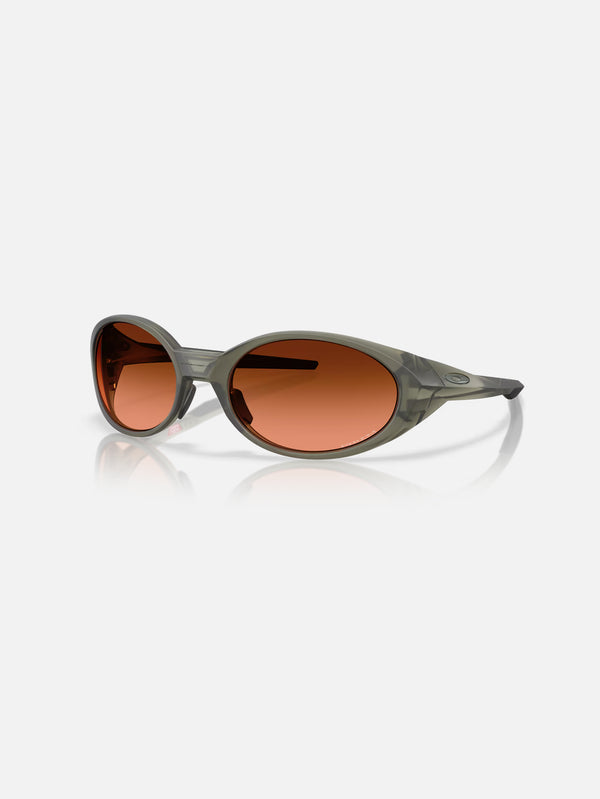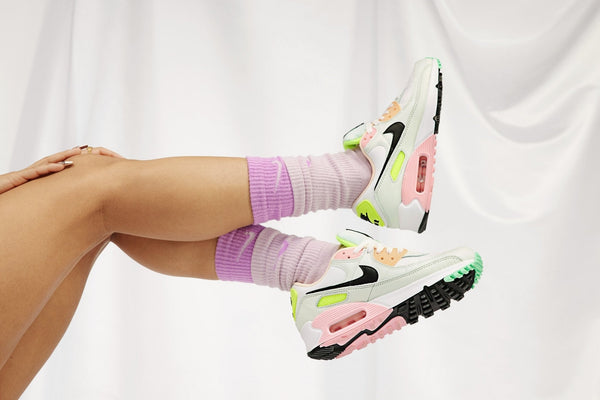The history of the iconic sneaker, the Nike Air Max, shapes today's sneaker culture.

Sneaker culture, which we can perhaps define as the strongest subculture in contemporary fashion, is undoubtedly not the product of a random process. When we think of sneakers that have gone beyond being “just another shoe” with various milestones, we should mention the Air technology that is the basis of Nike’s iconic Air Max . Air Max technology, also known as the air cushion mechanism, has been an important source of inspiration for sneaker culture with its innovative attitude. It has also created an important example for multidisciplinary creativity with its design. The Nike Air Max history, which takes us on a journey to the 1980s, mirrors the transformation of the sneaker world to the future with these features.
When Did Nike Air Max Release?
When the calendar showed 1981, Nike was ready to meet someone new: Bill Bowerman, one of the founders of the brand, invited Tinker Hatfield, whom he had personally trained, to his team. However, Hatfield did not work in the sneaker design department in his early days at Nike. The American designer had just completed his architecture education and was tasked with designing Nike stores, showrooms and offices in parallel with his education. However, his career path would not continue linearly, because in just a few years, Tinker would become an unforgettable figure for sneaker culture. Because Bill Bowerman realized that Tinker Hatfield's architectural roots successfully combined art and technology, and offered him a sneaker design.

Air Max Technology
Of course, the history of the Nike Air Max is not an easy success story. At the time the proposal was brought to Hatfield, Nike's design team was going through a difficult period because there were two problems with the already invented Air technology:
The first was due to the fact that Air technology was conceived as a trampoline. The air cushions that acted as a trampoline absorbed the pressure exerted by the foot on the sole, ensuring comfort while walking and running. In fact, for this mechanism to work, the air had to be compressed. Nike engineers still had not been able to achieve this to the desired degree.
The second problem was closely related to Tinker Hatfield's contribution to the history of Nike's Air Max: The design team was unsure of how to integrate these air cushions in the sole into the look of the sneakers.
Aesthetic and technical concerns coexisted.

Inspiration in Nike Air Max History
Here, a eureka moment occurred for the history of the Nike Air Max: Pampedou, whose technical features such as elevators and stairs were visible from the outside, would end up displaying rather than hiding the technical additions in the Air Maxes. The continuation of this idea resulted in the introduction of the Air Max 1 to the world in 1987, whose airbags were designed to be visible from the outside. The product of Hatfield's interdisciplinary vision, the sneaker has since become legendary with its unique, inverted design, turning into a new cult within the sneaker culture.
Nike Air Max sneakers, which have been presented in different series since 1987, are the main actors in various collaborations. Its appeal is increasing day by day and it serves as a time tunnel for sneaker culture. shopi go has compiled the most popular models of the iconic Nike Air Max for you.
AIR MAX 1 , NIKE
AIR MAX 90 , NIKE
AIR MAX DN , NIKE
AIR MAX 180 , NIKE
AIR MAX FLYKNIT , NIKE
AIR MAX PLUS , NIKE
AIR MAX 1 , NIKE












